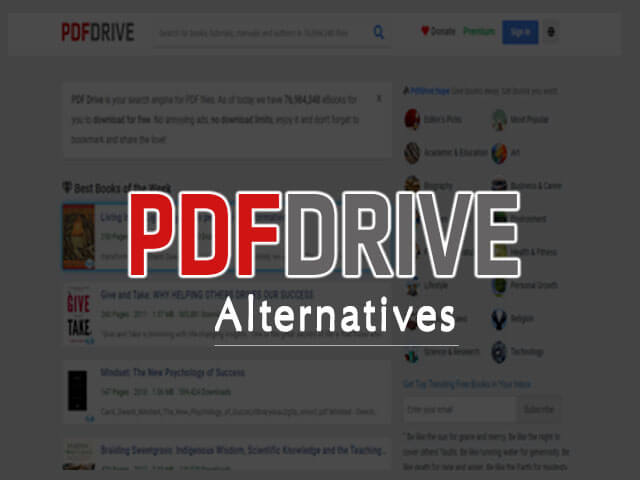In order to get the best results, you have to use different development methodologies for different projects. When choosing the right methodology for your project, you MUST consider your project’s nature.
In this article, we’ll compare Spiral, RUP, and Prototype methodologies, explaining when they should be the right choice for your project.
Spiral software development methodology
The Spiral methodology utilizes risk assessment in its project lifecycle. It’s the only methodology that does it since it’s mostly used on very long-term, complex, and costly projects. Compared to Waterfall, this methodology always goes into a never-ending spiral that focuses on efficient software development.
In a nutshell, Spiral is a methodology only people from risk management with a background in quantum computers would understand.
Here’s why: Risk assessment is another name for the Spiral software development methodology. To make the Spiral method fully work, you’ll need to pair up the risk department with your developers.
When you’re building a new SaaS software and don’t quite know the client’s business needs, the Spiral development methodology is your savior.
The trick with Spiral methodology is that it has 4 steps you can’t skip. They are:
- Extremely thorough planning
- Risk assessment
- Software creation
- Evaluation
Note to project managers: If you want to go fast, the Spiral method isn’t a wise choice. Usually takes around half a year to finish an iteration.
Yikes!
Compared to this method, going with an old-fashioned methodology like Waterfall seems like being in the Interstellar movie.
Spiral software development methodology – TL; DR
- Here’s a recap of when you should use the Spiral methodology:
- Use it when you’re dealing with long, undefined projects that require a risk assessment.
- Use it when you need intensive customer feedback during the exploration and evaluation cycle.
- Don’t use it if you don’t have a dedicated risk assessment team.
- Don’t use it if your developers haven’t previously worked with this department or used the method.
RUP – Rational Unified Process software development methodology
RUP is the only methodology that’s meant for object-oriented and web-enabled development. One can consider it an Agile hybrid because it focuses on flexibility and finding adaptive solutions. With the goal of creating high-quality software within an already known budget, this is a go-to methodology for documentation-based efficiency.
The Rational Unified Process methodology is like Waterfall’s cooler brother. RUP has it all.
Because of its linearity, it’s equipped with intense documentation, and because of its flexibility, it’s iteration-friendly.
Rational Unified Process methodology, like Spiral development, also consists of 4 stages. They are:
- Inception
- Elaboration
- Construction
- Transition
Once the inception stage launches, be prepared for a swarm of iterations and customer feedback.
Note to project managers: Don’t be easily fooled by RUP.
If you try to replace it with Agile or its flavors and use it for low-risk projects, RUP changes into ROPE. Because your team will be gunning for you for making them experience living torture with documentation.
Rational Unified Process (RUP) software development methodology – TL; DR
Here’s a recap of when you should use the RUP methodology:
- Use it when you need to deliver high-quality, stable software with a lot of iterations.
- Use it when you’re dealing with large, user-based development software.
- Don’t use it with an inexperienced team.
- Don’t try to mimic Agile with it. Respect the four stages and documentation.
Prototype software development methodology
The prototype development methodology is best used when you have a client that doesn’t really know what they want and what their project’s requirements are.
Evaluate, evaluate, evaluate.
This is what the Prototype software development method is all about. It’s famous for its rigorous evaluation before the initial development even begins.
But the success of the Prototype method is a two-way street. Communication with the client about the test before the development is the second part of the equation.
The truth nobody tells you about the Prototype method is that it’s a double-edged sword. And an extremely sharp one.
Here’s why: The prototype development method produces high-quality software that doesn’t break. Behind high quality lies a prolonged development stage, and sometimes the prototype doesn’t align with the customer’s vision of the final product.
This bug-free methodology comes with one last dark side – cost overrun!
Note to project managers: Frequent testing will burn your budget like a forest fire. So be careful how much you test, since every test goes out of your pocket, not the client’s.
Prototype software development methodology – TL; DR
Here’s a recap of when you should use the Prototype development methodology:
- Use it when the objective is to build bug-free, high-quality software.
- Use it when documentation and building rapport with your client is a must.
- Don’t use it with a junior team that isn’t used to constant software testing.
- Don’t use it when you’re running on a tight project budget.
Which one works best for you?
These three methodologies are among the most popular development methodologies used by software developers to create high-quality software.
Hopefully, after reading this article, you’ll have no doubts about choosing the right methodology for your team.





